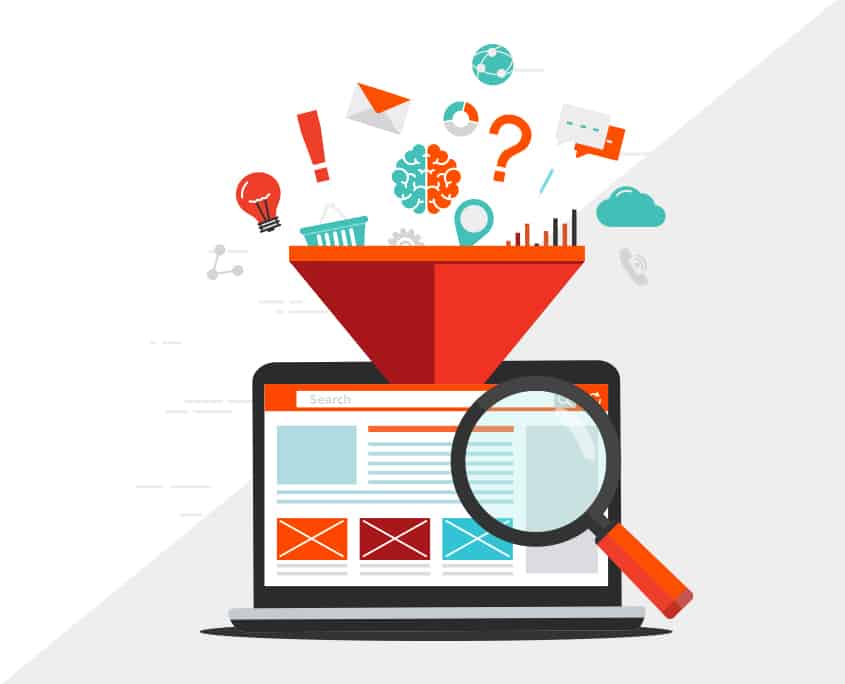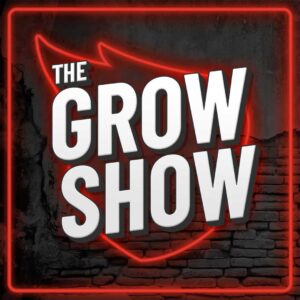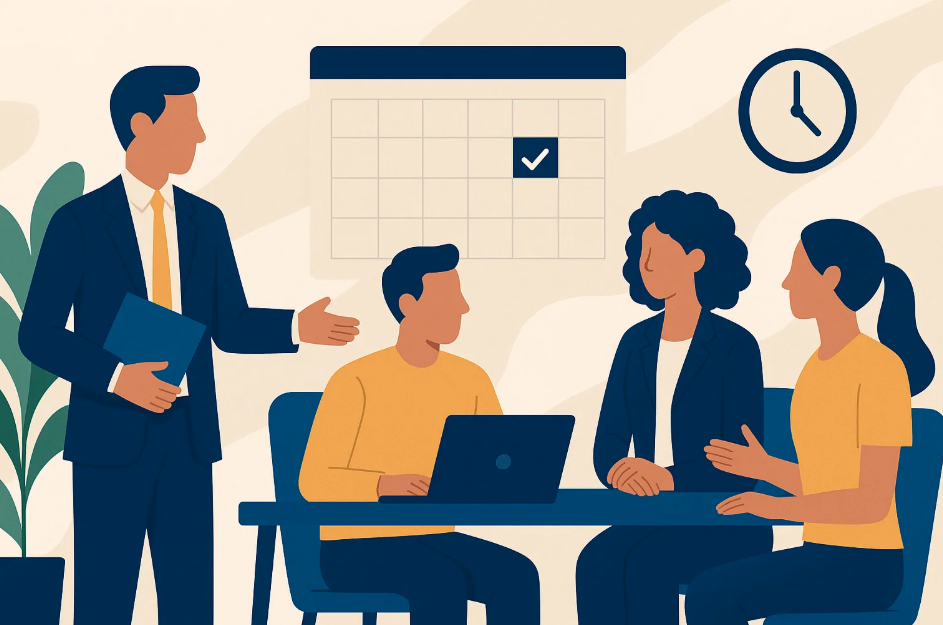In today’s crowded B2B landscape, sitting back and waiting for leads to find you isn’t enough. You need to take control of your pipeline, reach the right people, and start the conversation before your competitors do.
That’s the power of outbound lead generation.
While inbound has its place, outbound lead generation puts your sales team in the driver’s seat. You’re not waiting on search rankings or ad clicks—you’re identifying high-value prospects and engaging them directly through targeted outreach. It’s proactive, fast, and built for scale.
In this guide, we’ll break down exactly how to do it right, from building your ICP and writing messaging that gets replies to executing multi-touch outreach across phone, email, and social. If you’re ready to stop hoping for leads and start generating real pipeline, you’re in the right place.
Contents
What is Outbound Lead Generation?
Outbound lead generation means rather than waiting for the perfect lead to stumble across your brand, you’re actively identifying and engaging with them. Whether it’s cold calling, outbound email, direct mail, or LinkedIn messages, outbound is about precision, persistence, and personalization.
Defining Outbound vs. Inbound Lead Generation
Outbound lead generation is the proactive side of business development. It’s when your team reaches out directly to your ideal prospects through methods like cold calls, emails, LinkedIn messages, and direct mail. Outbound is fast, controlled, and built for precision—it doesn’t wait for buyers to find you. Instead, it puts your message in front of high-value accounts, builds pipeline early, and delivers predictable lead volume, independent of SEO or online search trends.
Inbound lead generation, on the other hand, is all about attraction. It draws in high-intent prospects through valuable content, optimized websites, and organic channels like search engines and social media. Inbound nurtures long-term growth by positioning your brand as a trusted resource. While it takes time to build, it often results in lower customer acquisition costs and stronger buyer intent over the long haul.
Don’t just read about success—download the playbook that powers it. Our free Outbound Sales Strategies guide breaks down proven tactics used by top-performing sales teams across industries.
Why is Targeting Important?
Companies that use segmented campaigns see as much as a 760% increase in revenue. Smart targeting separates effective outbound strategies from noise. Guesswork? That’s a fast track to burnout and missed quotas. Instead, use data to drive clarity. Define your ideal customer profile (ICP) based on relevant parameters: industry, job title, company size, geography, and most importantly, pain points.
Back your efforts with analytics tools that spotlight patterns in customer behavior and buying triggers. This sharpens your outreach and improves conversions. The deeper your segmentation, the more personal your outreach, and that’s where trust begins.
How Can I Craft Compelling Outbound Messaging?
Great outbound starts with messaging that hits home. Your value proposition must solve a real problem and communicate that fast. No fluff. No jargon. Just relevance.
Start with clarity, then add empathy. Tailor your message to mirror your prospect’s challenges. Personalization isn’t a luxury—it’s an expectation.
Bring stories into the equation. Use case studies, client success examples, or industry benchmarks to build credibility. Think: real problems, real solutions, real proof. Layer in attention-grabbing subject lines, concise value statements, and powerful calls to action. Bonus points for visuals or infographics that turn complex ideas into simple, engaging formats.
Here’s a quick example of one we use to connect with cold prospects:
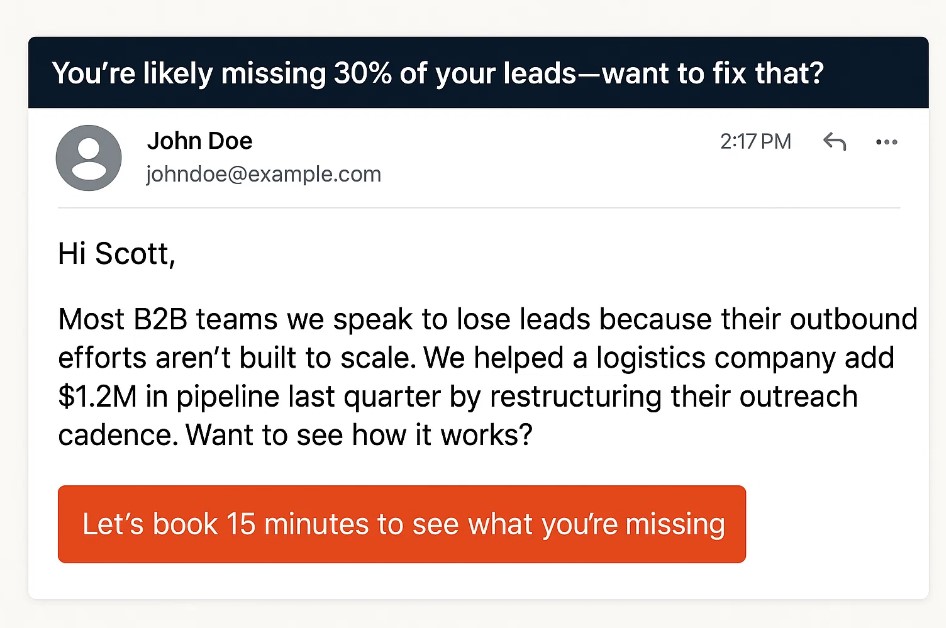
What are the Most Effective Outreach Strategies?
With a clear ICP and laser-focused messaging, your next move is choosing the right channels. There’s no “one-size-fits-all” playbook—multi-touch, omnichannel campaigns win.
Cold Calling
Cold calling has an average conversion rate of 2%, but with strong targeting and follow-up, this number can double. Cold calling still works when it’s done right, which means no robotic scripts. Start by researching your prospect so your call feels informed and not intrusive.
Engage in genuine dialogue. Ask open-ended questions. Actively listen. Then, position your solution as a tailored fit, not a sales pitch. Follow up with personalized emails to reinforce your message and move the conversation forward.
Read More: Cold Calling Success Statistics
Email Outreach
Email is a foundational piece of outbound. But inboxes are crowded. Your subject line has to spark curiosity or offer immediate value.
Once opened, your message must deliver fast. Clarity and brevity win. Showcase outcomes, not features. Use segmentation to tailor your copy, and run A/B tests to learn what resonates.
Layer in proof—client testimonials, industry-specific results, or thought leadership—to establish authority.
Read More: Aligning Cold Call and Email Marketing Efforts
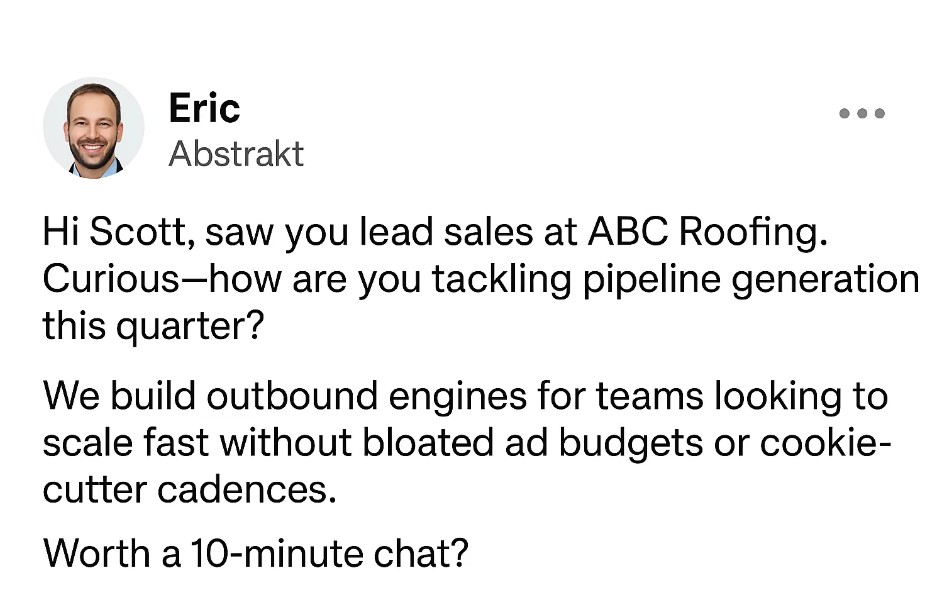
Social Media
Social platforms aren’t just for scrolling—they’re outbound powerhouses. Prospects are 71% more likely to purchase from a brand they follow on social media. LinkedIn is especially effective for B2B. Join conversations, share thought leadership, and strategically connect with prospects.
Run hyper-targeted ads to place your brand in front of high-value accounts. Use live streams, polls, or comment threads to spark interaction and gather insights.
Keep Reading: Generating Leads on Social Media: Best Practices
What are the Stages to Building a Lead Generation Funnel?
A high-performing outbound strategy isn’t complete without a structured funnel. You’re not just generating leads, you’re guiding them to close.
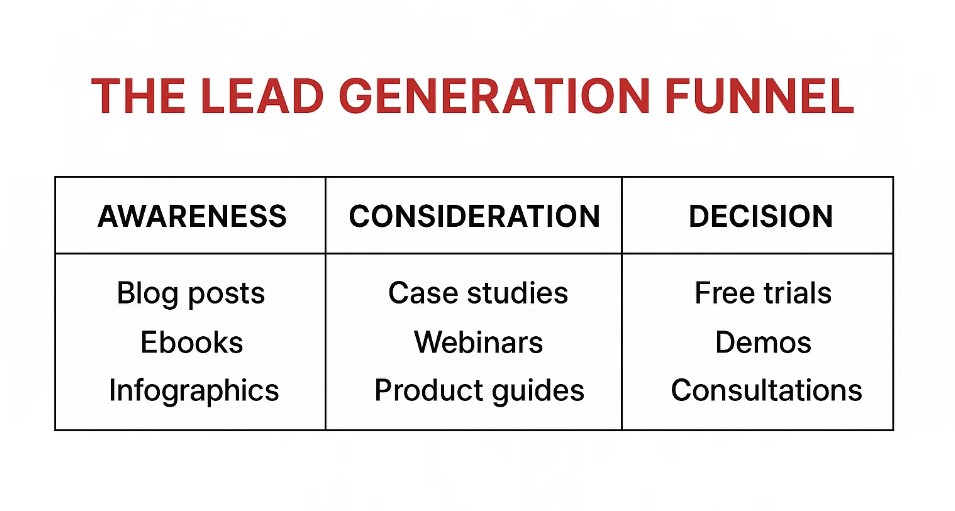
Awareness Stage: Attracting Attention
This is your chance to get on the radar. Use cold calls, emails, social content, and direct mail to deliver value and pique interest.
Position yourself as a problem-solver by offering content like eBooks, webinars, or checklists. Be generous with insights—give before you ask.
Learn More: Top-of-Funnel Marketing Tips
Consideration Stage: Nurturing Leads
Now it’s time to engage. This is where trust-building happens. Use email sequences, calls, and meetings to personalize your pitch.
Address objections head-on. Offer case studies, video demos, or limited-time assessments to remove friction.
Learn More: How to Practice Mid-Funnel Marketing
Decision Stage: Closing the Deal
This is where strategy becomes sales. Use urgency and exclusivity to nudge action—think limited-time offers, fast-track onboarding, or ROI guarantees.
Ensure the buying process is seamless. No confusion. No surprises. Just a clear path to value.
Read More:
Complete Guide to Building a Lead Generation Marketing Funnel
What’s the Difference Between a Sales Funnel vs. a Pipeline?
Outbound appointment setting, done for you.
We find the right prospects, reach out across channels, and book qualified meetings on your calendar so your team can focus on closing, not chasing.
How Should I Measure Outbound Success and Optimize Strategies?
Outbound is measurable, as it should be. Every call, click, and conversion tells a story. It’s your job to listen, learn, and iterate.
Key Performance Indicators (KPIs)
Track what matters:
- Lead volume and quality
- Email open and response rates
- Cold call conversion rates
- Cost per lead
- Overall outbound ROI
These metrics reveal what’s working and where to pivot. If conversions are lagging, rework your messaging. If engagement’s strong but deals stall, improve your middle-funnel nurturing.
What’s the Average ROI of Outbound Lead Generation?
On average, businesses see a return of $5 to $12 for every $1 spent on outbound lead generation campaigns; however, this also depends on the industry and channel mix. But let’s be clear: success doesn’t come from sheer volume—it comes from the right message delivered to the right prospect through the right channel.
Outbound allows you to control the pace and direction of your pipeline. You’re not waiting for someone to Google you, you’re starting the conversation. This proactive approach means faster qualification, shorter sales cycles, and stronger predictability in your revenue engine.
When supported by quality data, CRM integration, and consistent follow-up, outbound becomes a scalable, ROI-positive engine. And unlike many inbound methods that take time to build momentum, outbound can create pipeline velocity from day one.
Final Thoughts
Mastering outbound lead generation isn’t just about tactics, it’s about discipline, precision, and continuous refinement. When you know your audience, speak their language, and meet them on their terms, outbound becomes a growth engine, not a guessing game.
Take Your Outbound Lead Generation to New Heights
Want to supercharge your outbound strategy with the backing of a nationally recognized team? At Abstrakt, we don’t just execute outbound—we perfect it. Our proven, data-driven approach is built to help businesses like yours target smarter, message louder, and close faster.
Let’s grow together.
Learn more about our outbound lead generation services »

Madison Hendrix
Madison has worked in SEO and content writing at Abstrakt for over 5 years and has become a certified lead generation expert through her hours upon hours of research to identify the best possible strategies for companies to grow within our niche industry target audiences. An early adopter of AIO (A.I. Optimization) with many organic search accolades - she brings a unique level of expertise to Abstrakt providing helpful info to all of our core audiences.
- Madison Hendrix
- Madison Hendrix
- Madison Hendrix

Eric Watkins
Eric Watkins serves as the President of Abstrakt Marketing Group, where he leads more than 500 employees and 1,700 client partnerships across the country. He joined the company in 2012 as an unpaid intern and quickly rose through the ranks, restructuring key divisions and spearheading initiatives that helped fuel a 140% workforce expansion.
Under Eric’s leadership, Abstrakt has earned its place on the Inc. 5000 list nine times and has been recognized with dozens of national awards, including Best Onboarding Program by Brandon Hall and Top Workplaces USA. Eric himself was honored with the STL Titan Award in 2022 and named a Workforce Magazine Game Changer in 2018 for his impact on culture and team development.
With a background in marketing and economics from the University of Missouri-Columbia, Eric brings a data-driven, people-first approach to growth. In addition to leading Abstrakt, he co-hosts The Grow Show podcast, sharing frontline stories and practical lessons for other leaders looking to scale. His specialties include business operations, culture building, and turning complex challenges into simple, scalable solutions.

